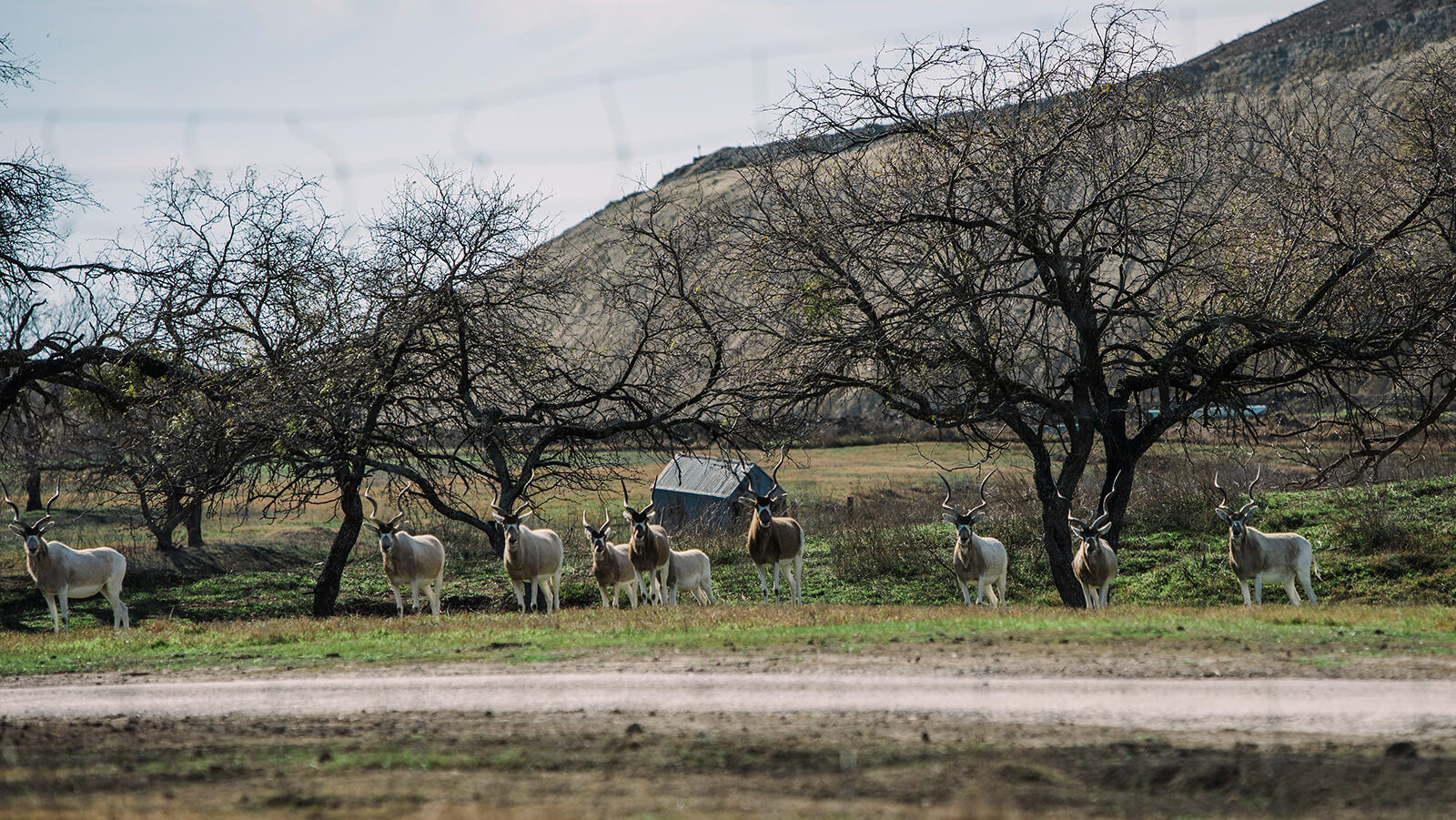
Fence and Boundary Inspections: Ensuring Ranch Security and Property Value
Ensuring Ranch Security and Property Value
When it comes to owning a ranch, maintaining your property’s boundaries is not just a matter of security but also one of value and legal responsibility. Fence and boundary inspections are essential to ensuring that your land remains protected, your livestock stays safe, and disputes with neighboring properties are avoided. Whether you’re dealing with new fencing installations, aging infrastructure, or expanding your property, regularly inspecting your fences and boundaries helps safeguard your investment and avoids costly repairs or legal issues.
In this blog, we’ll explore the importance of fence and boundary inspections, common issues to look for, and best practices for maintaining the integrity of your ranch’s perimeter.
Why Fence and Boundary Inspections Are Crucial for Ranch Owners
Fences and property boundaries are vital components of any ranch. They serve to:
- Protect Livestock: Strong, well-maintained fences ensure that livestock remains securely within your property. A broken or weakened fence can lead to escaped animals, potentially resulting in financial loss, legal responsibility, or harm to both animals and people.
- Define Legal Boundaries: Clearly defined boundaries help prevent disputes with neighbors and ensure that both parties respect the division of land. Over time, natural elements or human activities can obscure property lines, leading to confusion and potential legal disputes. Boundary inspections help reestablish these lines and avoid issues.
- Maintain Property Value: Well-maintained fencing and clear boundaries reflect a well-managed ranch, which can enhance its market value. Buyers and appraisers look for these qualities when evaluating a property, so investing in regular inspections can pay off when it comes time to sell.
- Improve Security: A strong perimeter protects your property from trespassers, poachers, or unwanted visitors. It serves as the first line of defense against potential theft or vandalism.
Common Issues Detected During Fence and Boundary Inspections
Conducting routine fence and boundary inspections allows you to identify and address potential issues before they escalate. Some of the most common problems include:
- Rusting or Rotting Materials: Depending on the type of fencing, whether wood, metal, or wire, materials can degrade over time due to weather exposure. Wood can rot or warp, while metal fences may rust or weaken, leading to structural vulnerabilities.
- Broken or Sagging Sections: Fence sections can break or sag, especially in areas prone to heavy winds, storms, or impact from large animals. Inspecting for loose or broken posts is critical to ensure the integrity of your fence line.
- Shifting Ground or Erosion: Erosion or shifting soil can affect fence stability, especially on properties with hills or waterways. Boundary markers may also be displaced by erosion, necessitating periodic checks to ensure they remain accurate.
- Animal Damage: Wildlife or livestock can damage fences, particularly in areas with high animal activity. Larger animals, like deer or cattle, can push through weak spots, while smaller animals may dig under fences, compromising the perimeter.
- Vegetation Overgrowth: Trees, bushes, and weeds can grow along or over your fence, causing damage or creating areas where animals or trespassers can easily breach the barrier. Regular trimming of overgrown vegetation prevents such issues.
Best Practices for Conducting Fence and Boundary Inspections
To ensure your property remains secure and boundaries are clearly defined, consider these best practices for regular inspections:
- Conduct Seasonal Inspections: At a minimum, ranch owners should inspect fences and boundaries seasonally—especially after harsh weather like storms or heavy winds, which can cause damage. Spring and fall are ideal times to assess the integrity of your perimeter before seasonal changes in temperature or livestock movements.
- Walk the Entire Perimeter: While it may be tempting to skip over areas that seem fine, it’s essential to physically walk the entire fence line and inspect each section. Drones or visual checks from a distance may miss small cracks, sagging, or erosion that could turn into bigger problems down the road.
- Look for Signs of Disturbance: In addition to checking for obvious damage, look for more subtle signs like freshly moved soil, animal tracks, or signs of human trespassing. Catching these early can help prevent larger security breaches or legal issues.
- Document and Repair Issues Immediately: Keep a detailed log of any issues detected during inspections, including the date, location, and nature of the problem. Addressing repairs promptly will save you money in the long run and prevent further damage.
- Verify Legal Boundaries: Periodically, verify your property lines with the help of a surveyor to ensure that markers are still accurate. This is especially important if you’re planning to expand or sell parts of your ranch, or if neighboring properties have undergone development.
How Texas Turnkey Ranches Can Help with Fence and Boundary Inspections
Maintaining fences and boundaries is an ongoing task that requires expertise and attention to detail. At Texas Turnkey Ranches, we understand the importance of having secure, well-maintained fences and accurately defined boundaries. We offer comprehensive fence and boundary inspection services tailored to the specific needs of ranch owners.
From assessing material wear and tear to identifying vulnerable points in your perimeter, our team of professionals ensures that your ranch remains protected and compliant with local regulations. Whether you need repairs, replacements, or boundary verification, Texas Turnkey Ranches is your trusted partner for ranch infrastructure management.
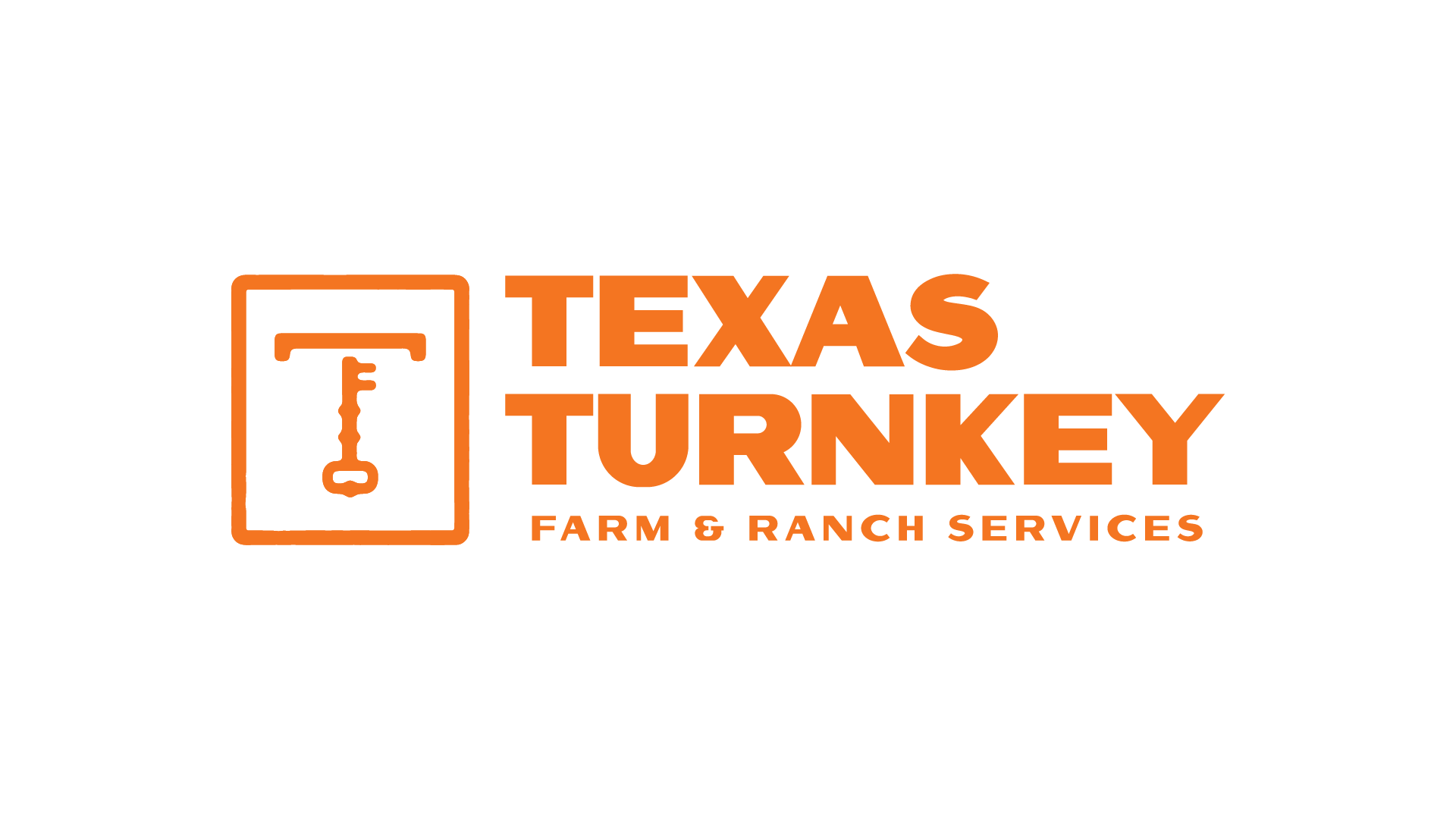
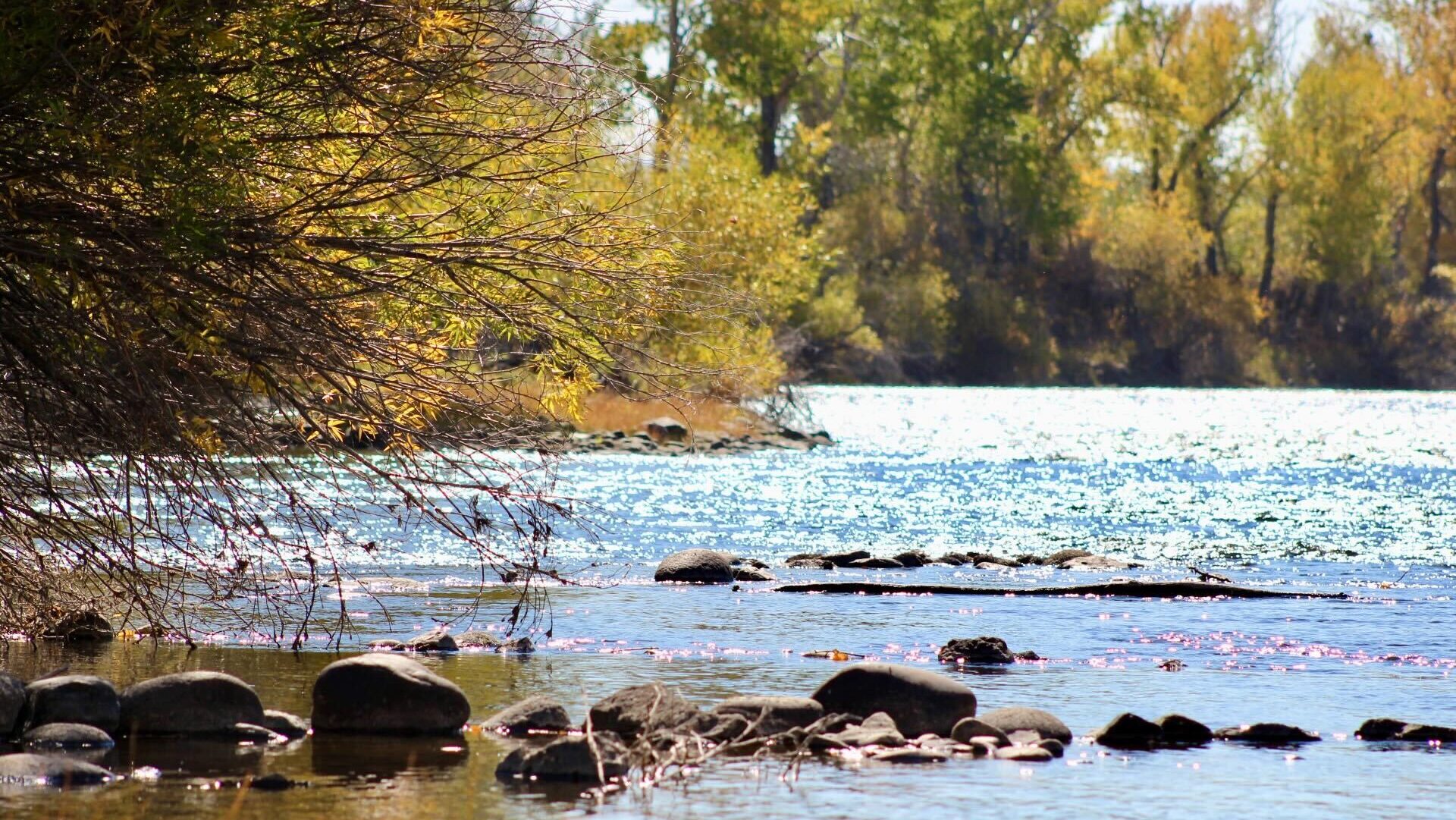
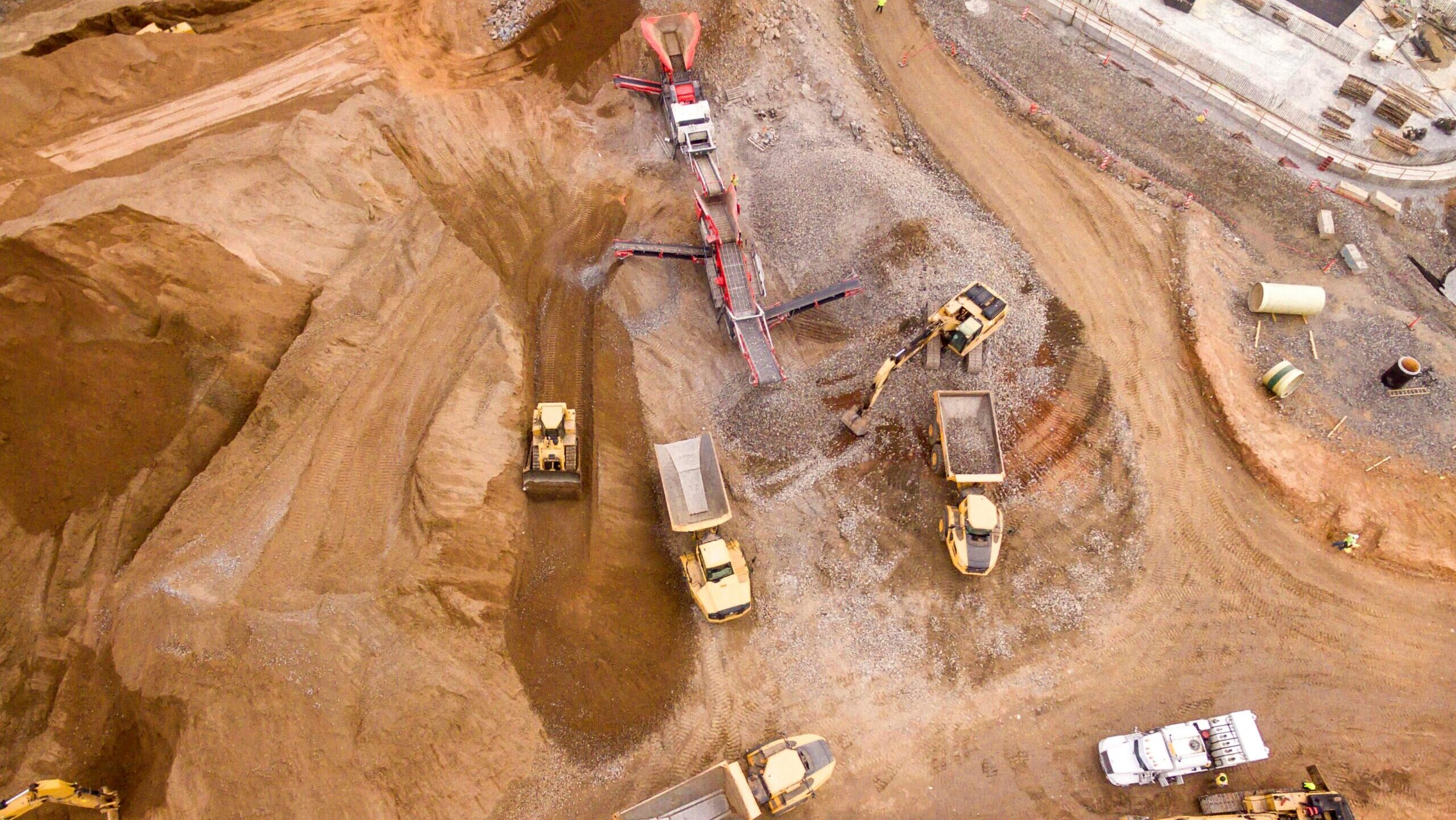
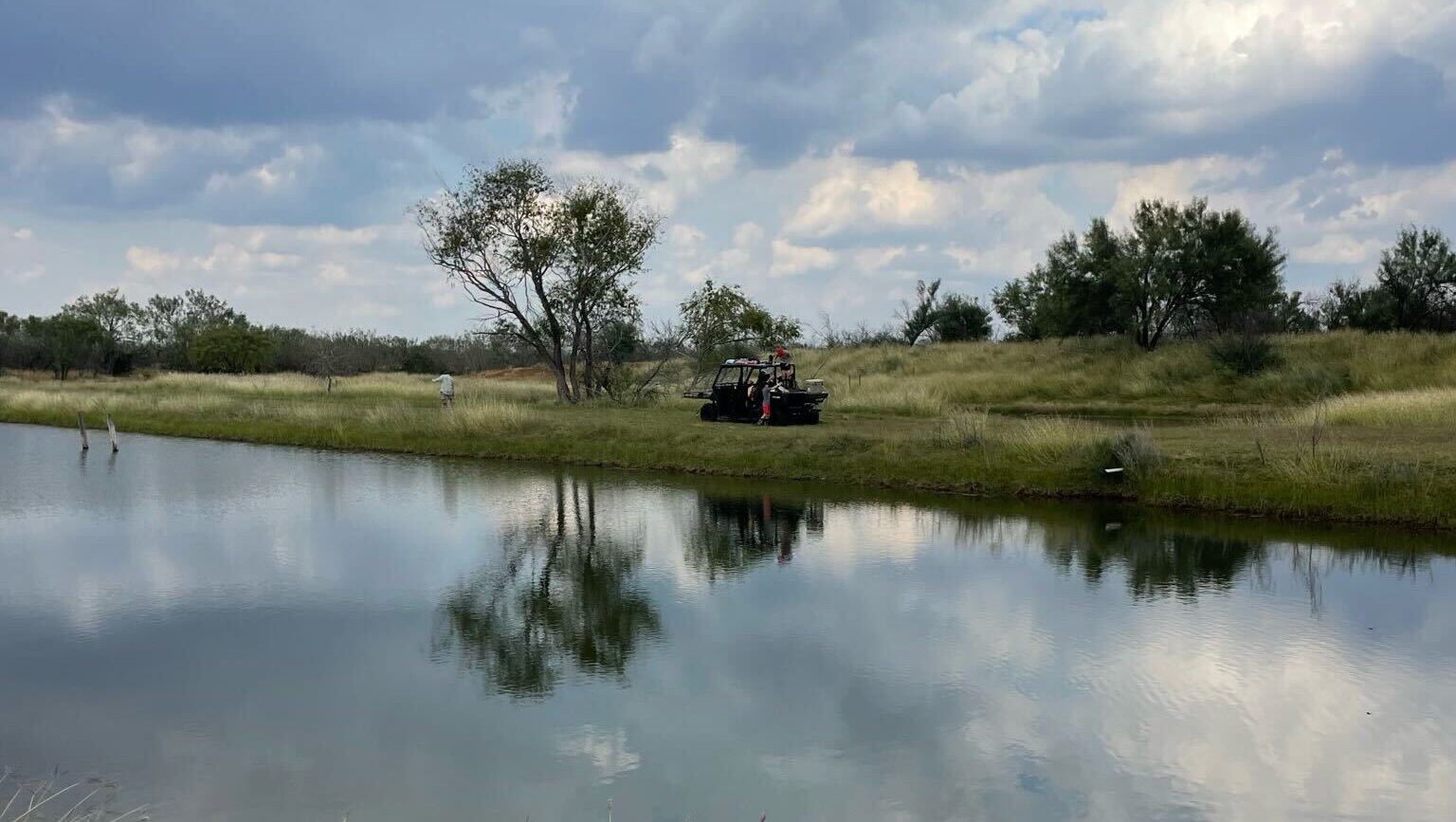
Leave a Reply